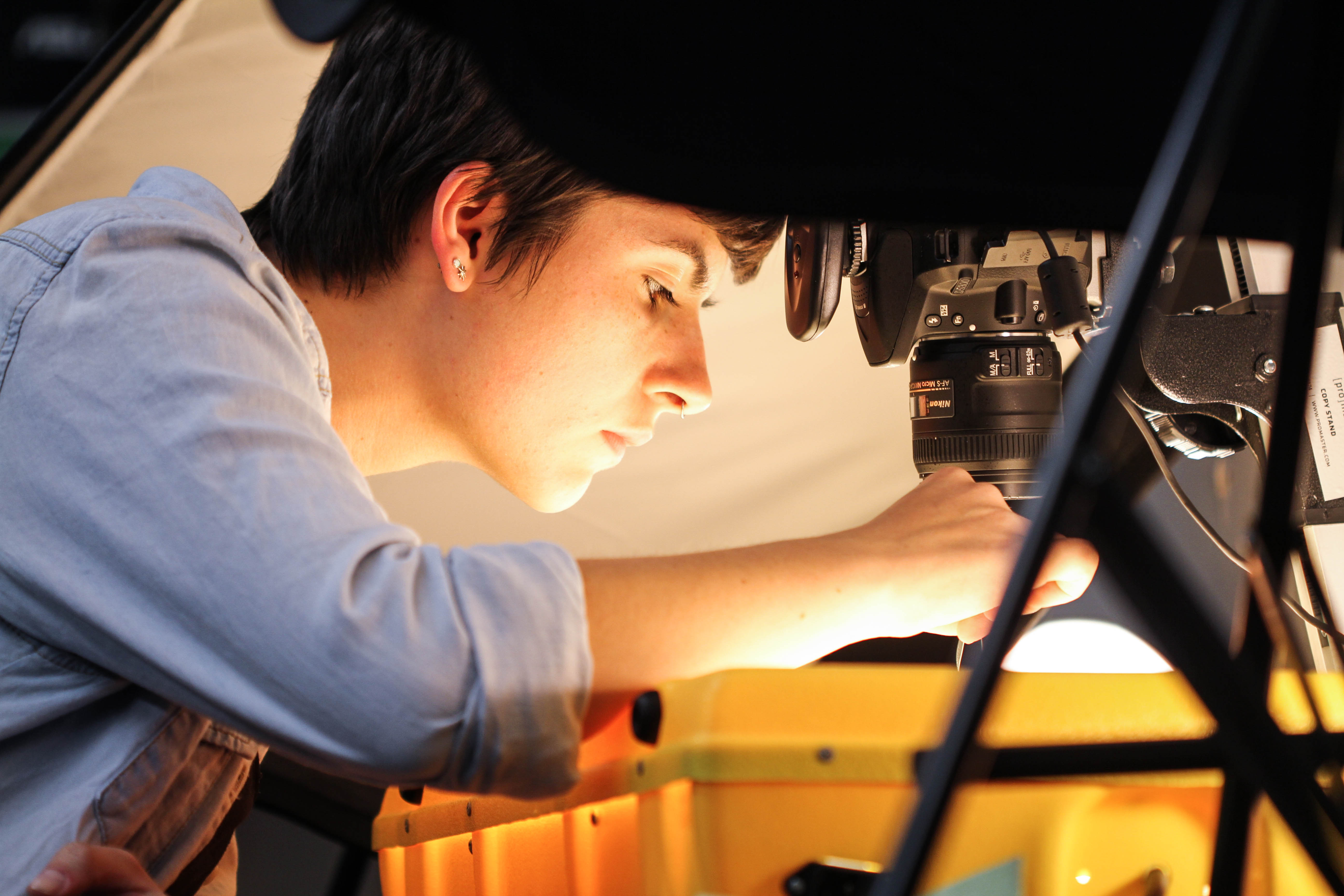BioDiversity Discovery
-

Full Stream Name: Biodiversity Discovery
Research Educator: Tom Devitt
Principal Investigator: David Cannatella & David Hillis
 What is Biodiversity?
What is Biodiversity? Biodiversity is the total diversity of life – Plants, animals, fungi and micro-organisms are all components of biodiversity.
How can we measure or describe biodiversity?
Biodiversity can be quantified in many ways – counting species, populations, individuals and genes are all ways of measuring biodiversity. Species are a fundamental unit in biology and we often work with species in our stream. We identify them, we describe their physical and behavioral characteristics, and we use their DNA to infer relationships between them.
 Are there new species?
Are there new species?Yes! One of the most exciting things for a Biodiversity researcher is to discover an undescribed species, that is a species that is “new” to science. Believe it or not, there are even undescribed species in the Austin area which are being described by taxonomists at UT. Much work goes into determining if a species is “new” to science – we measure it, compare it to other species, look at its DNA to see how different it is, we observe its behavior and its ecology. Our observations contribute to overall understanding and appreciation of biodiversity; leading to not only improved knowledge, but also conservation of our incredible natural heritage.
 Stream Overview
Stream OverviewThe Biodiversity Discovery stream is interdisciplinary and develops skills relevant for a variety of careers in science. It is well suited for students interested in ecology, evolution, natural history, medicine, molecular biology, animal behavior, environmental science and genomics. Research occurs in the lab and in the field. In the lab we measure and catalog specimens, map and analyze distributions, and use molecular genetic tools to uncover evolutionary history and relationships between species. Outdoors we visit a variety of sites in the Austin area including two UT field stations – the Brackenridge Field Lab and Stengl Lost Pines Field station where wecollect specimens and make observations about ecology and behavior. Students can choose among projects related to their interests such as on systematics, taxonomy, GIS and spatial ecology, genomics and molecular ecology. We work with a wide variety of taxa and are currently focusing on species found within Central Texas.
We encourage students to:
- be prepared in the field and the laboratory
- develop their own observations and hypotheses
- work with each other to answer complex questions
-
 Yes
Yes - Biology, Environmental Science



